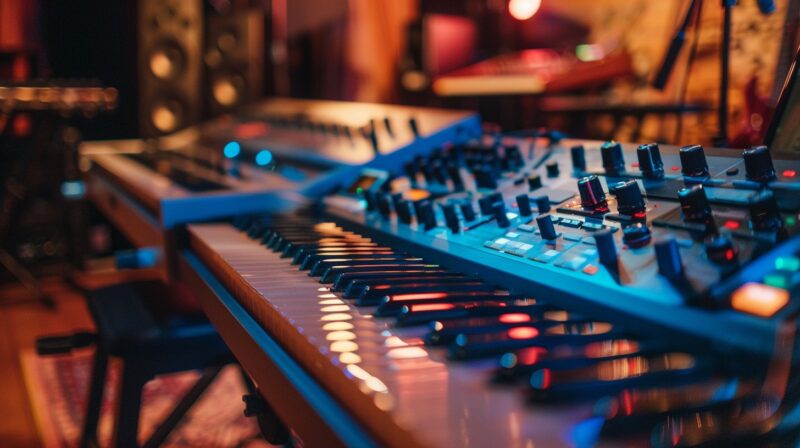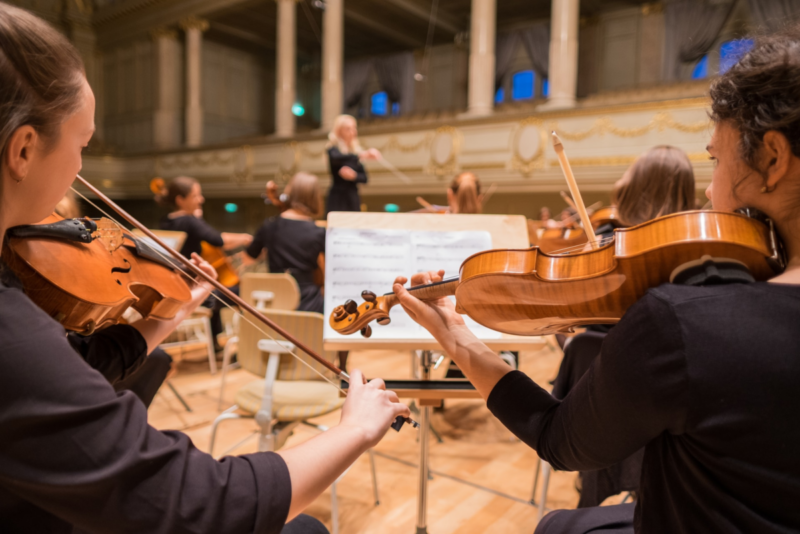Music is something EVERYONE can understand, no matter where you’re from. The songs we listen to today are made up of different styles and influences from all around the world. Learning how Regional Music Influence molded the music we have now is important if we want to REALLY appreciate how diverse and varied today’s music is.
African drums and rhythms, Asian melodies – every part of the world has added its own special ingredients that continue to shape the music we hear today. This will show you how regional music has been a MAJOR part of the development of modern music.
African Rhythms and Beats
African music is REALLY important to a lot of modern music genres. The continent’s focus on rhythm and percussion has had a BIG influence on styles like jazz, blues, rock, and hip-hop. African rhythms are complex, with MULTIPLE rhythms played at the same time.
This unique energy and groove are BEING embraced worldwide. For example, the syncopated beats in jazz come A LOT from African drumming traditions. The call-and-response pattern, which is COMMON in African music, can also be heard in gospel and blues.
Asian Melodies and Scales
Regional Music Influence by Asian music, especially from India, China, and Japan, has DISTINCTIVE melodies and scales that have influenced modern music. Indian classical music’s intricate ragas and talas have inspired Western artists.
The use of microtones, SMALLER than Western half-steps, creates a unique sound intriguing to modern musicians. The pentatonic scale, common in East Asian music, can also be heard in rock and blues, adding a distinctive melodic touch.
Latin Rhythms and Dance
Latin American music, with its LIVELY rhythms and danceable beats, has significantly influenced modern music. Salsa, samba, and reggaeton are rooted in Latin rhythms. The clave rhythm, central to Afro-Cuban music, has been adopted in jazz and pop.
Latin music’s emphasis on rhythm and movement creates an INFECTIOUS energy that has captivated global audiences. The blending of traditional Latin sounds and contemporary styles continues to produce NEW and exciting music trends.
European Classical Influence
European classical music has PROFOUNDLY shaped the structure and composition of modern music. The harmony, form, and instrumentation developed during the Baroque, Classical, and Romantic periods laid the GROUNDWORK for contemporary genres.
Classical training provides musicians with technical skills and theoretical knowledge that enhance their modern creations. Iconic composers like Bach, Beethoven, and Mozart have left a LASTING legacy inspiring musicians across genres.
Middle Eastern Modes and Rhythms
Middle Eastern music, with its distinctive modes and rhythms, has GREATLY contributed to the diversity of modern sounds. The maqam system, featuring complex scales and melodic development, offers a UNIQUE approach to melody and harmony compared to Western music.
Middle Eastern percussion instruments like the darbuka and frame drum add distinct rhythmic patterns incorporated into genres like electronic and jazz. The RICH musical traditions of the Middle East continue to inspire contemporary artists.
Indigenous Music and Storytelling
Indigenous music worldwide is CRUCIAL for preserving cultural heritage and storytelling. These traditions use unique instruments, vocals, and rhythms.
For example, Native American music has drums, flutes, and chants telling spiritual stories, while Aboriginal Australian music features the didgeridoo and clapsticks connected to the land. Incorporating these elements into modern music ENRICHES the sound and keeps cultural traditions alive.
Modern Fusion and Globalization
Nowadays, with different cultures being MORE CONNECTED than ever, it’s become really common for musicians to MIX TOGETHER musical styles and traditions from all around the world. Artists are taking elements from regional or traditional music and BLENDING them with more modern genres like rock, jazz, and electronic music.
This creates TOTALLY new and innovative sounds. One genre that really shows this fusion is called “world music.” In world music, you’ll hear traditional instruments, rhythms, and melodies from places like Africa, Asia, Latin America, and more, ALL COMBINED with contemporary musical styles.
The internet and digital platforms have made it WAY EASIER for musicians from different backgrounds to collaborate and share their music worldwide. This BLENDING of regional musical influences is continuing to shape and diversify the music we hear today.
It’s REALLY COOL to see how artists are celebrating cultural traditions while also pushing music in exciting new directions. The mix of old and new, global and local, is making the modern music scene MORE VIBRANT and diverse than ever before.
Conclusion
Regional Music Influence heavily impacted the music we listen to today through regional styles and traditions from all over the world. Different parts of the world have their own UNIQUE ways of making music, and these regional influences have become a big part of modern sounds.
For example, the rhythms and beats from Africa, the melodies from Asia, the Latin-inspired rhythms, the classical European elements, the Middle Eastern musical modes, and the storytelling traditions of Indigenous cultures – ALL OF THESE regional influences have shaped the music we hear today.
This variety in music is really cool. It is because it allows us to experience and appreciate the RICH cultural heritage behind the songs we love. As we continue to explore and celebrate these regional musical influences, the music of the future is going to be EVEN MORE vibrant and inclusive. It’s AWESOME to see how music brings together different cultures and traditions from around the world.








